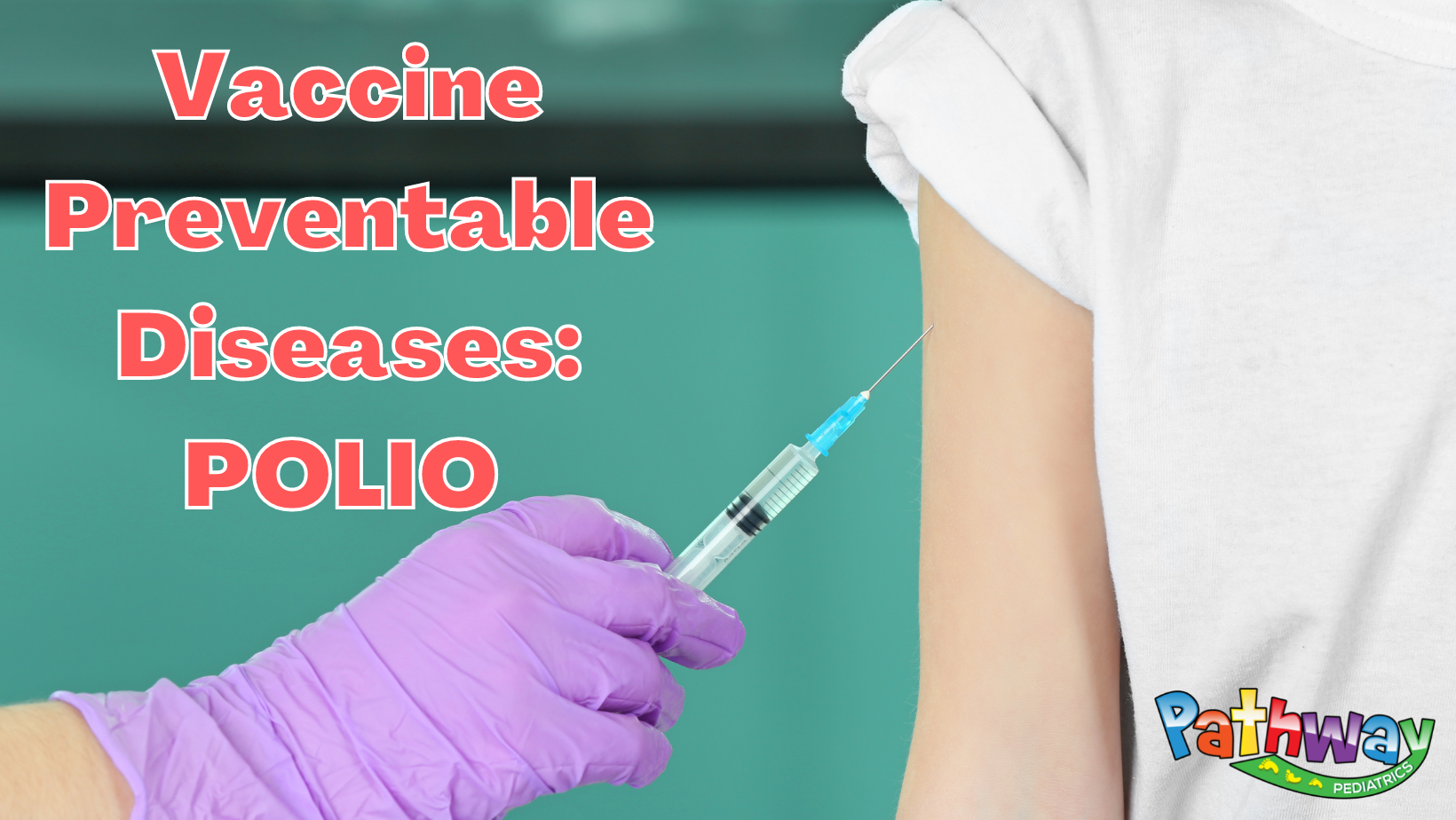Vaccine Preventable Diseases: POLIO
August 31, 2022

Polio
For parents of an earlier era, polio was one of the most feared infectious diseases. Many were worried about letting their children swim in public swimming pools or get together at neighborhood movie theaters because they were afraid that their youngsters might become the next victims of polio. After the polio vaccine became widely available in the mid-1950s, the world saw a dramatic decline in this disease.
Polio is caused by a virus that affects infants and young children more often than other age groups. It is spread through close person-to-person contact and can produce paralysis of the muscles. Some cases are mild, but others are much more severe, leaving people physically impaired for the rest of their lives. Thanks to the polio vaccine, the wild poliovirus has been virtually eliminated from the United States and much of the rest of the world.
Signs and Symptoms
For most people, polio may cause no symptoms at all. At times, however, it can impair and paralyze the arms and legs. It causes death in some people, most often when the muscles involved in breathing become paralyzed. When symptoms occur, they may begin with a low-grade fever and a sore throat, beginning about 6 to 20 days after exposure to the poliovirus. Some children may also have pain or stiffness in the back, neck, and legs, although these symptoms may not last long. When polio results in paralysis, the muscle pain can be severe.
The most contagious period for polio is 7 to 10 days before the appearance of symptoms. It can continue for another 7 to 10 days after symptoms surface.
No treatment is available for polio.
Some children fully recover from polio, but others are disabled for a lifetime or may die from the disease.
To protect your child from polio, make sure that he is properly immunized against the disease.
Source: https://www.healthychildren.org/English/health-issues/vaccine-preventable-diseases/Pages/Polio.aspx
Next Post >>